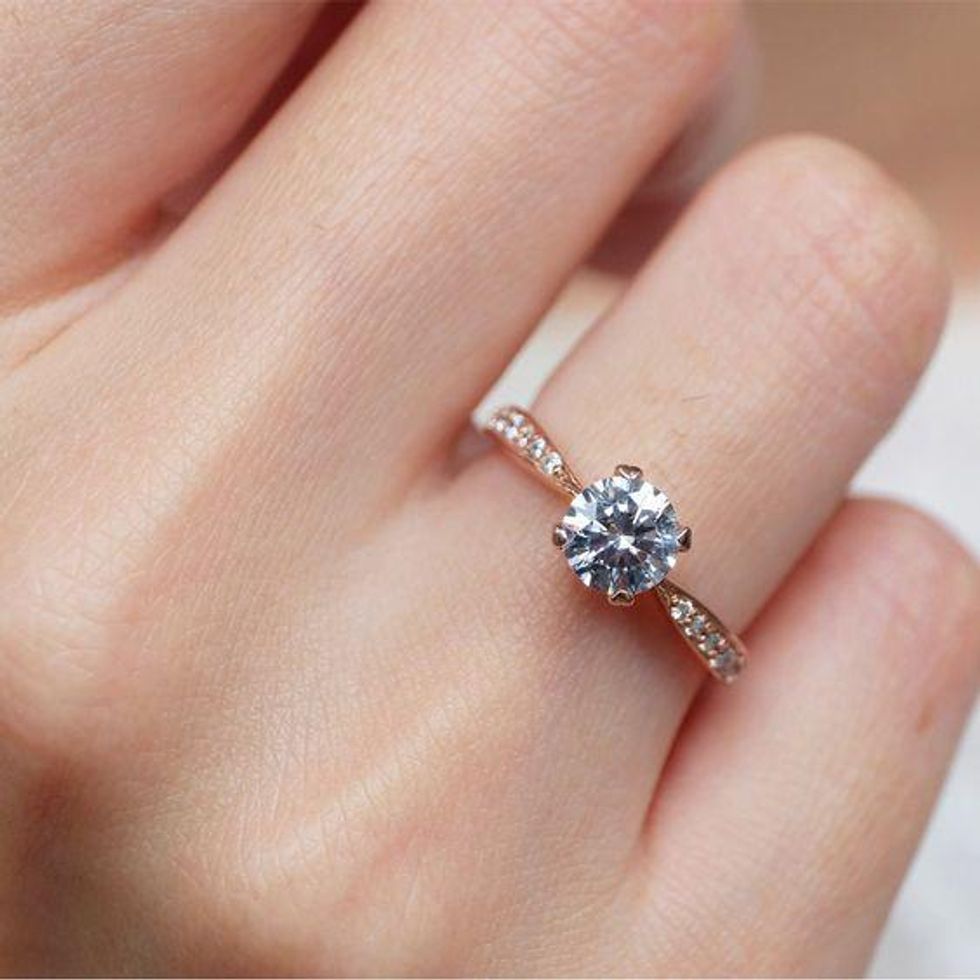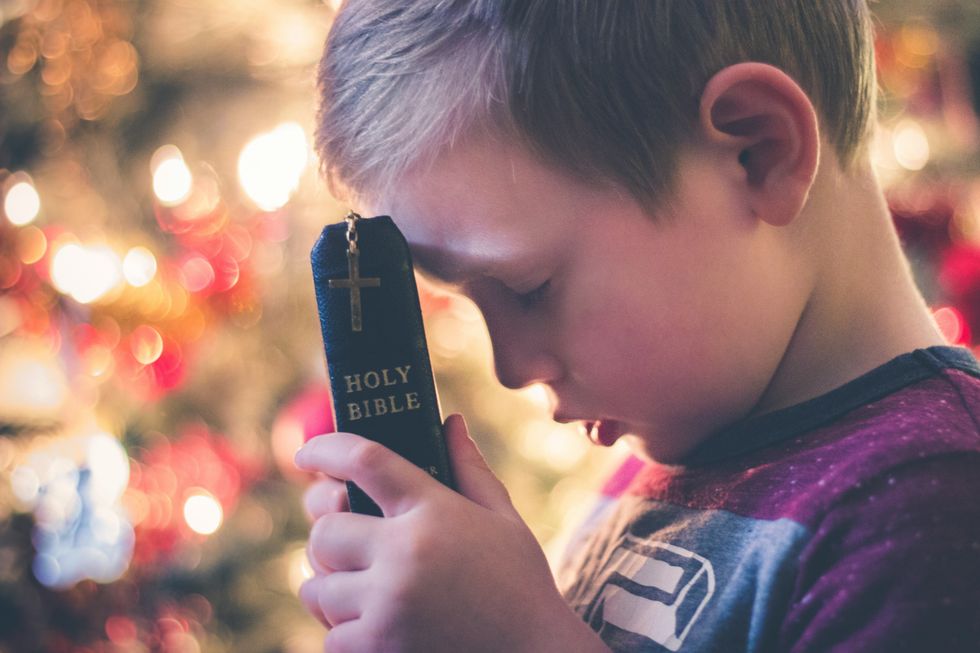Bague de fiançailles, or wedding rings, have been used by couples around the world as symbols of their eternal love and commitment to each other. While this practice may be old-fashioned to some, it remains an important and romantic tradition that helps solidify a couple’s relationship status. Let’s take a look at the history of bague de fiançailles, why you might want to include one on your special day, and how to choose the right ring for you!
Who wears it?
Originally, only a woman’s husband-to-be could give her an engagement ring (French for the ring of betrothal), which signified a woman’s move from single life to marriage. But today anyone can offer one as a token of love and commitment, whether you’re wearing it on your left hand or right. The most common types of rings are solitaires (the word means alone in French) but other options include halo settings with diamonds surrounding a central stone; three-stone settings with two smaller stones flanking a larger center stone; and eternity bands that wrap around all four fingers. Some women also wear wedding rings on their right hands, while others choose to wear both sets at once.
The importance of this type of jewelry in France
In France, it is customary for a man to present his bride-to-be with a pre-engagement ring or bague de fiançailles (fiancé’s ring) before proposing. French brides often wear their engagement rings on their right hand on their right ring finger until they exchange them for wedding bands at their ceremony, after which point they typically wear both. Many couples choose to have matching wedding bands, too.
Conclusion
A bague de fiancaille is more than just a symbol. It’s also an heirloom; a piece that can be passed down from generation to generation, reminding people that two people promised to love each other for as long as they both shall live. When it comes to engagements and weddings, most women do not need any extra encouragement when it comes to seeking out a gorgeous new piece of jewelry.







 Christmas and New Year gift card
Photo by
Christmas and New Year gift card
Photo by  butter cookies on plate
Photo by
butter cookies on plate
Photo by  boy holding Holy
boy holding Holy 









